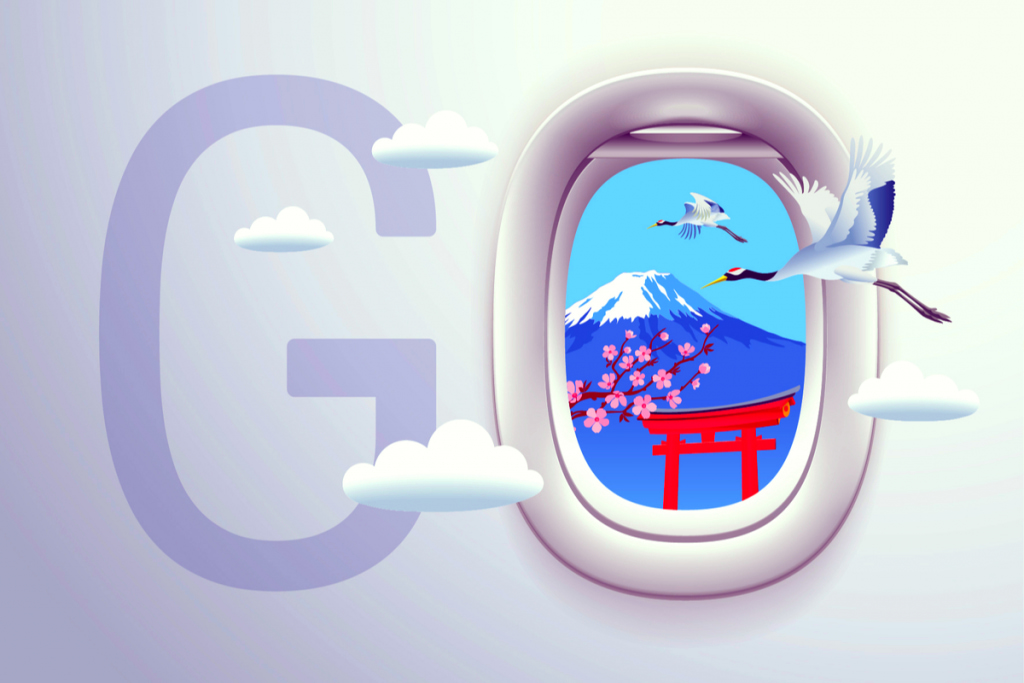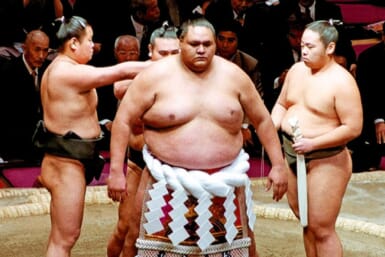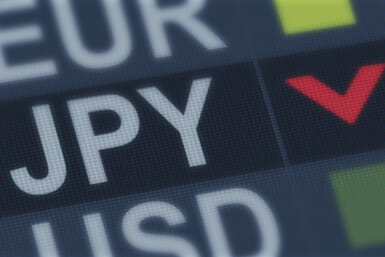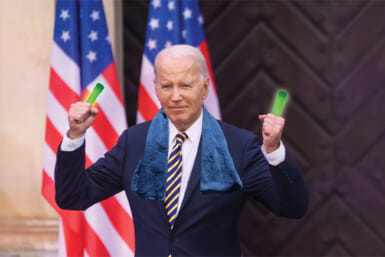[UPDATE] On December 14, the Japanese government announced that the “Go To Travel” campaign will be halted nationwide from December 28 to January 11 amid a surge in coronavirus cases across the country. Further decisions will be based on how the situation develops, Prime Minister Yoshihide Suga said.
Furthermore, Tokyo and Nagoya, two cities where infections have been rapidly spreading in the past couple of weeks, will be removed from the travel campaign, effective December 18. Inbound travel to Tokyo through the campaign will be halted and outbound travel discouraged until December 27.
Prior to this announcement, the only two cities that had been temporarily removed from the campaign were Osaka and Sapporo.
For those who have already booked a stay, cancelation fee will not be charged if canceled between December 14 and December 24.
Amid surging new coronavirus infections reported in Tokyo, torrential rain and floods that have claimed the lives of dozens of people in Kyushu (with many remaining missing) and massive event cancellations throughout the country due to the coronavirus, Japan’s government just announced its latest campaign that does the opposite of what you’d expect given the circumstances: it encourages people to travel, interact with locals in other prefectures and pretend that life is back to normal.
You read this correctly. The brand new “Go To Travel Campaign,” Japan’s latest initiative to save its economy from the grips of the pandemic — has been pushed (despite all odds) to start on July 22, approximately half a month earlier than planned. The reason? It needed to begin before the four-day weekend starting on July 23.
What is the “Go To Travel” campaign?
In April 2020, Japan suffered its most significant drop in foreign tourism. In that particular month, Japan welcomed only 2,900 international travelers, down 99.9% from the same time in 2019. It’s the first time since 1964 the monthly number of guests had dipped below 10,000. Domestic travel — while the nation was under the government-declared state of emergency — was practically nonexistent either. So, as you can imagine, Japan is itching to get people back on the road, in shops, restaurants and spending up big.
The problem is that, as of present, given its still shut borders, it can’t count on inbound tourism — which is why the government is pushing domestically.
After a month of waiting for clarification, the Minister of Land, Infrastructure, Transport Kazuyoshi Akaba announced in a meeting on July 10 that Japan would launch the initiative, their ¥1.7 billion “Go To Travel” campaign, at the end of this month.
Kicking off on July 22 and running until mid-March 2021 (or until all the money runs out), the campaign is a government initiative to help stimulate Japan’s post-Covid-19 economy, with a focus on the travel, hospitality and entertainment sectors. As a way to boost local businesses and industries significantly impacted by the pandemic, the government offers substantial discounts and subsidies for those looking to travel domestically.
The campaign will cover half of the applicants’ travel spending, with the subsidy capping at ¥20,000 per person per night, or ¥10,000 per person for single-day trips. To make the most of the campaign, travelers will have to spend ¥40,000 per night, with 50% paid by the traveler and 50% paid by the government.
Who is the campaign for?
The Go To Travel campaign is for those planning to travel domestically and is geared towards travel products that include accommodation and transportation, such as package tours (including day trips) booked through travel agencies and travel reservation sites or directly through a hotel’s website. Some travel agencies that are already selling packages include JTB, JTrip, Life Tour, IACE Travel and more.
Foreign travelers are, in theory, eligible for this campaign, given that they book their trip through a travel agency participating in the campaign — and that they can travel all the way to Japan, which may not be possible anytime soon. To add to that, as of present, the news and information about the campaign are still all in Japanese, so it’s fair to say that the campaign is not really targeting overseas travelers. At least for now.
The news confusion
In late May, while the early stages of the campaign idea were coming into formation, a rumor that the Japanese government would be paying for half or even more of the visitors’ expenses once borders opened again started to do the rounds both here in Japan and overseas.
The news was misreported but was published by a not insubstantial number of international news outlets, forcing The Japan Tourism Agency to release a statement and a series of tweets clarifying that the program would only cover “a portion of domestic travel expenses.” So, if you saw those reports and hadn’t seen any follow-ups, we’re sorry to inform you that the offer was indeed too good to be true.
What can you do with it?
The maximum subsidy will cover half of a person’s travel costs up to ¥20,000 per person per night, meaning that if a trip including travel, accommodation and other outside expenses cost ¥40,000 per day, the government will cover ¥20,000 maximum. Say your trip costs an average of ¥20,000 per day (before the discount), then the government will cover half, so you’ll only spend ¥10,000.
The delegation of the subsidies is broken up into two elements: travel charges and retail. Travel charges include travel expenses like transport tickets and accommodation. These make up 70% of the subsidy, meaning 70% of the potential ¥20,000 per day (¥14,000) has to go towards these expenses. The remaining 30% (maximum ¥6,000) will be awarded in the form of local coupons to be spent on things like souvenirs from the area.
Initially, reports claimed those who booked a trip before the campaign announcement wouldn’t qualify for the subsidy. But, to keep it fair, the deal will now also apply to those travelers who can retroactively receive the discount. Given that this is a government initiative, of course, this means that travelers will have to go through the process of filling in an application form, providing proof of stay at a hotel during the campaign period, attach a receipt for their expenses and a consent on the use of personal information. Details of how to apply are still in the works, but there have been promises that the refund of the discount will be paid by credit card or bank transfer. Worth the ordeal? Probably not, but that’s another issue.
How to get the discounts and what are the conditions
To take full advantage of the subsidy, travelers must make their bookings through a campaign registered travel agency or directly through an accommodation booking website. This rule has been somewhat controversial. Some argue that by booking through an agency, smaller, independent businesses and those that lack a booking site on their own — like family-run ryokans — may miss out on cashing in on the benefits, as major players in the industry like JTB sit at the forefront of the campaign and are set to profit big.
Beyond the travel agency stipulation, surprisingly, the terms and conditions on the deal are few. There’s no limit to the number of times you can take advantage of the campaign, meaning you can take as many subsidized trips as you like, plus there’s no limit to the number of consecutive nights at the destination. However, some conditions do apply to personal travel arrangements: say, if you book your accommodation and transport separately, then the half-price subsidy will only apply to the accommodation arrangements.
More information on the delegated agencies and the government’s other similar ‘Go To’ campaigns like Go To Eat and Go To Shop is set to be released in the coming weeks, though rumors are that the Go To Eat campaign will benefit users with up to 20 percent discounts and/or discounts of up to ¥1,000 for people booking restaurants via online restaurant booking sites.
For more information on the Go To Travel Campaign, see here.









